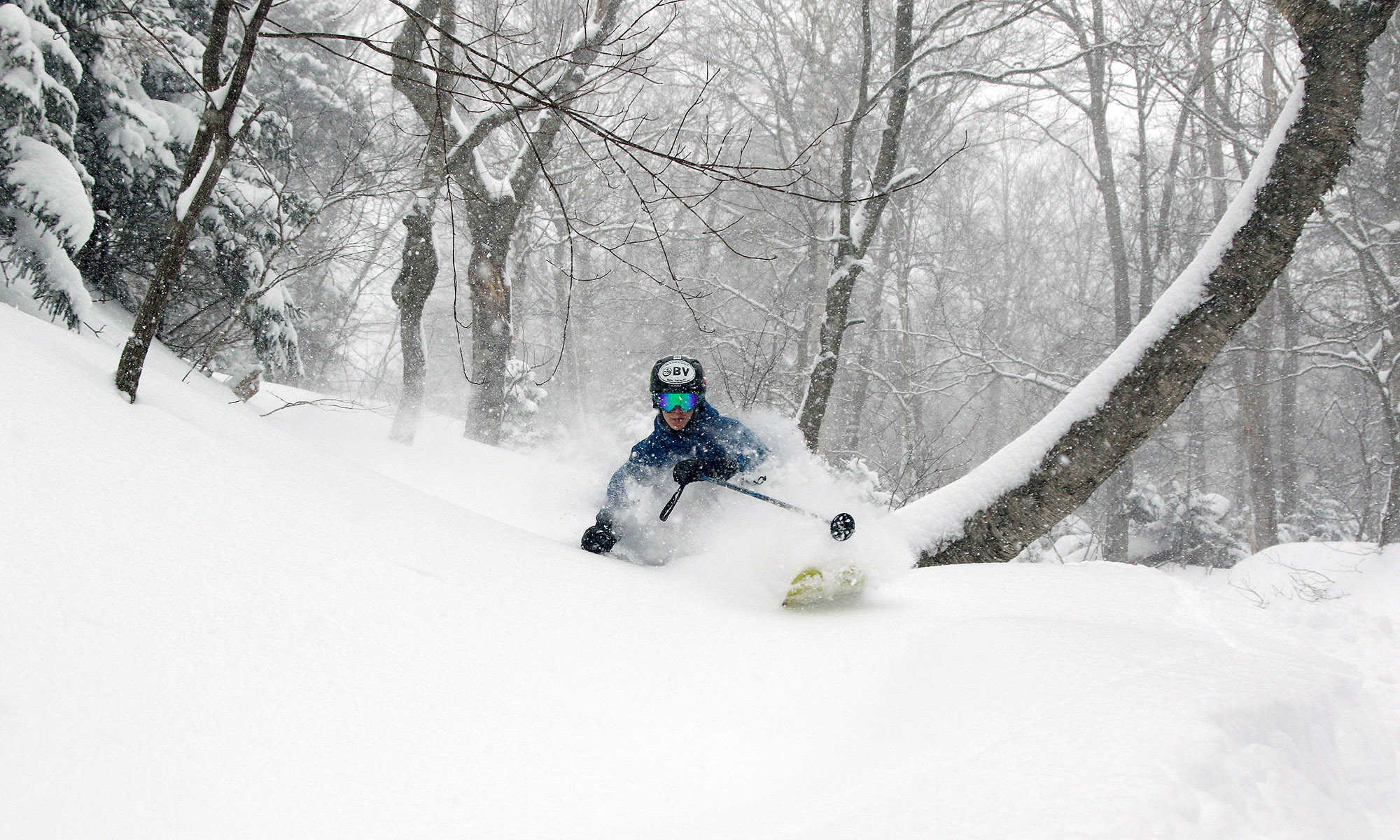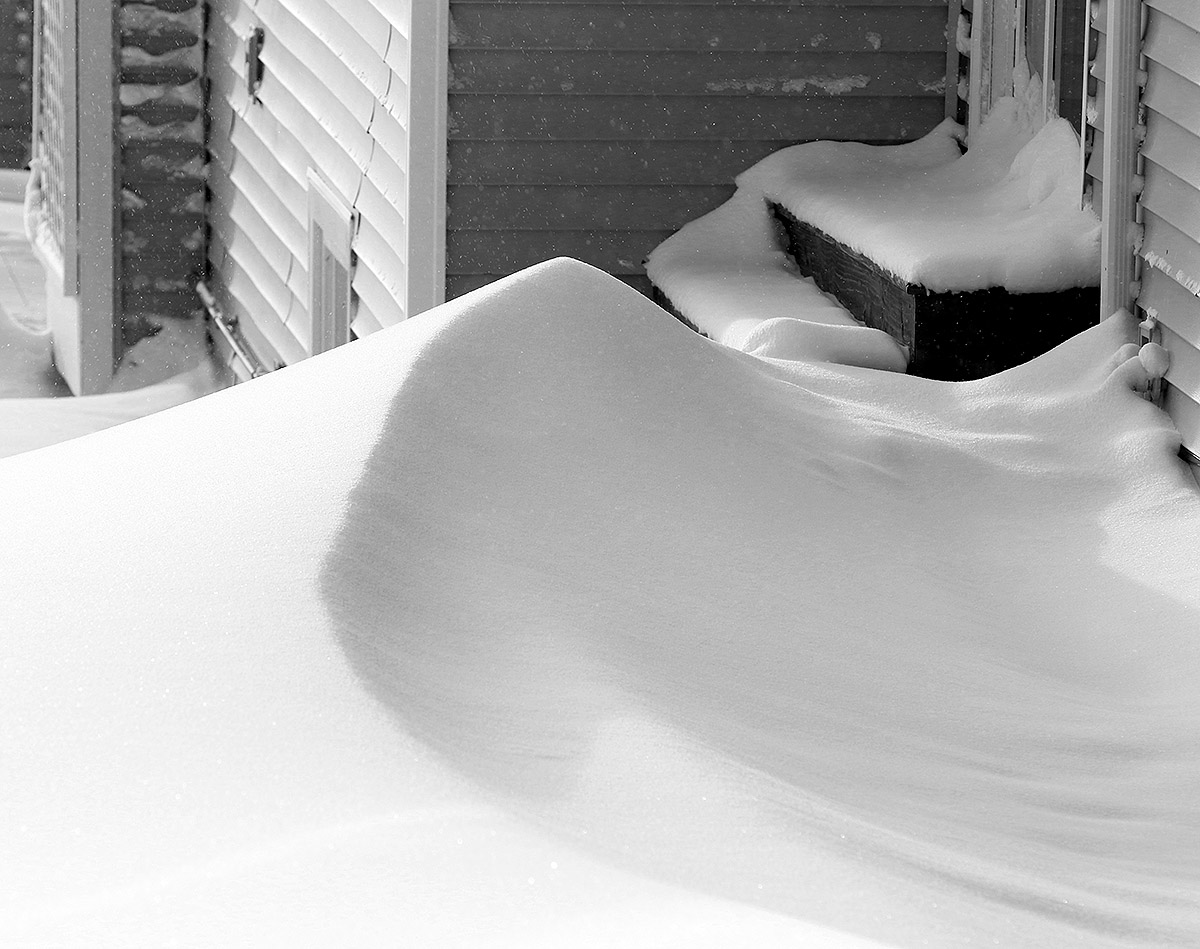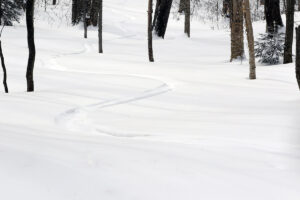
Our current storm cycle started up back on Wednesday, with low pressure deepening as it passed over southeast New England and up into Maine. It then headed on up into eastern Quebec, stalled there for a bit, and finally moved to northwest to James Bay, where it’s expected to sit until about Monday. While this isn’t a stacked low-pressure system sitting in the Canadian Maritimes feeding continuous 1+”/hr. snows into the Northern Greens, the broad cyclonic flow supported by the various positions of the low pressure has kept the area in a nice moist westerly/northwesterly flow that’s been feeding snow into the mountains. So, this isn’t a typical 24-, 48-, or 72-hour type of storm cycle; it’s a much more drawn-out sort of “cycle”. I wasn’t sure how the positions of this low would actually play out with respect to snowfall, but since well before the start of the storm the National Weather Service Office in Burlington has been on it – they felt that the potential was there for solid amounts of snow over the protracted period. And they certainly weren’t wrong. It’s been a little tough to total up the mountain accumulations for the full event because it’s already been going on for four days, and the resorts typically only report up to 48-hour accumulations, but it looks like anywhere from roughly 1.5 to 3 feet have fallen in the Northern Greens from the system as of today.
Bolton Valley was reporting 4 to 6 inches of new snow overnight on top of their previous accumulations from the system. I’d already been finding snow accumulations of 9 to 10 inches when I was out touring at Bolton on Thursday, so between whatever fell Thursday night into Friday, plus these additional Friday night accumulations, there seemed to be some good powder potential out there. Temperature forecasts for the mountains were in the single digits F today, so touring seemed to be the best option. E was initially going to join me for a ski tour, but after thinking about the temperatures for a bit, she ultimately decided to work out at home instead.
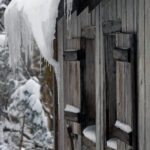 I headed up to the mountain a bit after noontime, and people certainly didn’t seem to care about the temperatures – the signs were up for visitors to park at Timberline because the upper lots were full. Being after noon, I knew I’d be able to get a spot from someone who was leaving for the day, so I headed up to the main base anyway. I still ended up getting a spot in the lowest tennis court lot though, and that changed up my touring plans a bit. I had initially planned to ascend at the start of the Wilderness Uphill Route and then make my way toward Gardiner’s Lane, but since I was parked right down by the Pond Loop area with easy access to the Bryant Trail, I ascended there instead. I had just planned to loop around Bryant Cabin and then head out to start my descent on North Slope, but the temperatures felt great while touring, so I continued on up to Heavenly Highway, topped out around 2,800’, and started my descent via the “Not a Trail” glade. From there I continued down North Slope and then made a second ascent to ski some of the glades in the Snow Hole area.
I headed up to the mountain a bit after noontime, and people certainly didn’t seem to care about the temperatures – the signs were up for visitors to park at Timberline because the upper lots were full. Being after noon, I knew I’d be able to get a spot from someone who was leaving for the day, so I headed up to the main base anyway. I still ended up getting a spot in the lowest tennis court lot though, and that changed up my touring plans a bit. I had initially planned to ascend at the start of the Wilderness Uphill Route and then make my way toward Gardiner’s Lane, but since I was parked right down by the Pond Loop area with easy access to the Bryant Trail, I ascended there instead. I had just planned to loop around Bryant Cabin and then head out to start my descent on North Slope, but the temperatures felt great while touring, so I continued on up to Heavenly Highway, topped out around 2,800’, and started my descent via the “Not a Trail” glade. From there I continued down North Slope and then made a second ascent to ski some of the glades in the Snow Hole area.
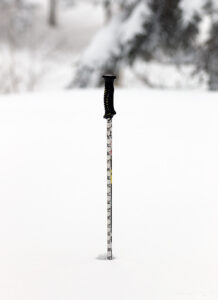
It was clear that powder depths had increased at the resort since I was last there on Thursday. Winds have died down substantially now, so measuring the snow is much easier, and right at the car at ~2,000’ I was getting 8-12” depths for the surface snow above the base. By 2,500’ the typical depths were in the 12-16” range, and around 2,800’ I’d say they were 12-18”. I’d still think that’s somewhat conservative though, because I was often finding powder depths of 24” up around 2,700’-2,800’. Right now, getting up above 2,500’ makes a real difference in the snow though, because those areas must have done really well during our previous warmup – the interface between the surface snow and the base has mostly disappeared by that point (making it harder to measure just the new snow), and the skiing is really good. Dropping into my initial descent, I could tell that the overall snowpack was really deep. Below that top 24” of powder there was substantial base, and I’d say the snowpack there has to be 40 inches. The snowpack at the Mt. Mansfield Stake was at 39” as of a couple of days ago, and it hasn’t been updated since then, but based on what I found out there today a few miles to the south, it’s got to be over 40 inches by now.
Anyway, I’d recommend doing most of your touring up in that 2,500’ to 3,500’ elevation range if you can – it’s just a notable improvement in the overall snowpack below 2,500’. It’s still nice skiing down there, but it’s sort of mid-fat powder conditions below 2,500’, and full-fat conditions above 2,500’. I toured on mid-fats today, but I was wishing I had fat skis in that deep snowpack above 2,500’. The powder is of medium weight, so there’s plenty of liquid equivalent in there to really keep you off the base. As of this evening we’re approaching an inch of liquid equivalent from this system at our site in the valley, so you know the mountains have had at least an inch of two of liquid equivalent from this system so far, and it definitely felt like it based on what I experienced above 2,500’ today.
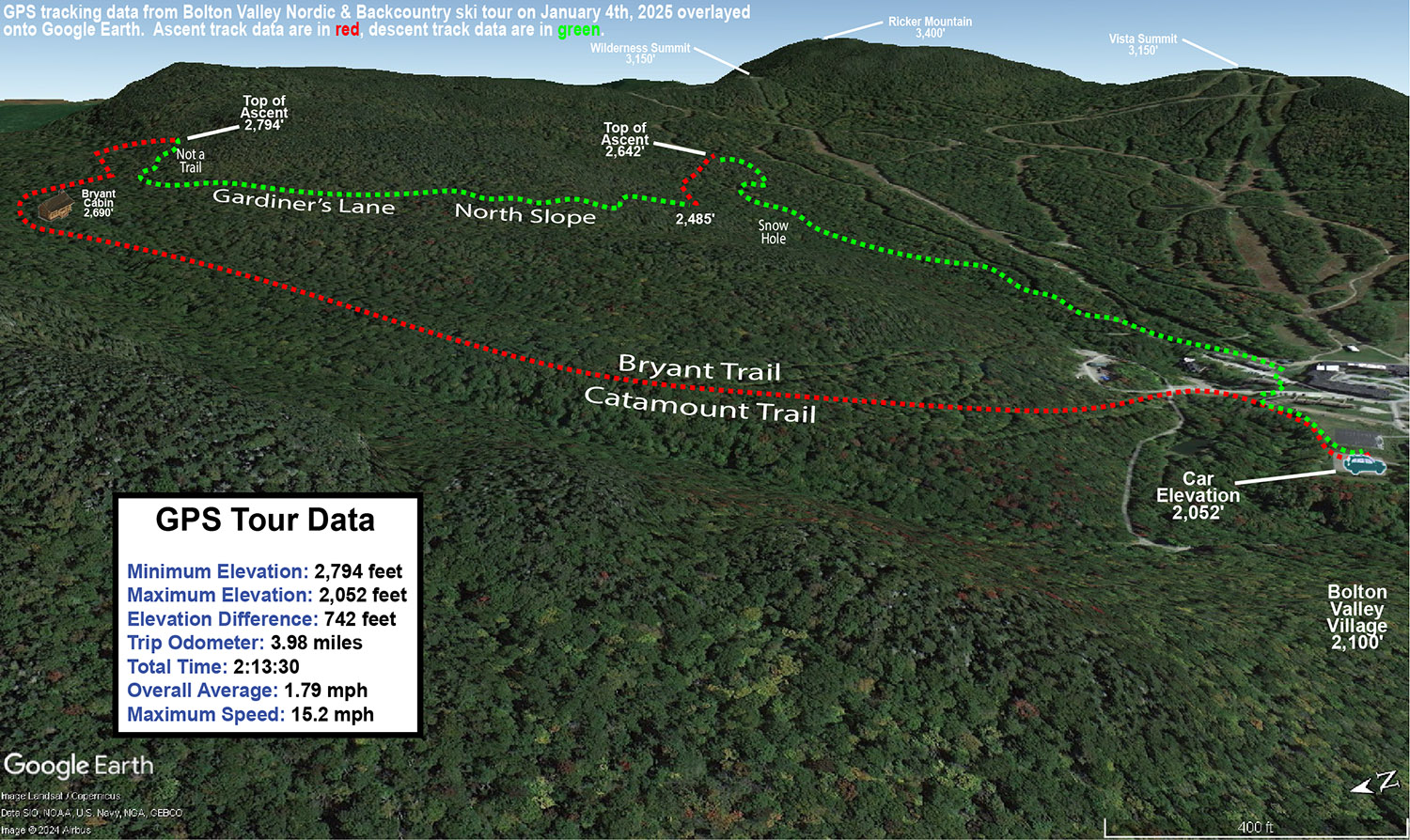
With respect to the ongoing storm, there was generally light but consistent snow falling when I was out on the mountain today. The flakes were small, in the 1 to 2 mm range, so it was hard to gauge snowfall rates, but I had to clean a decent layer off my car when I got back to it after just an hour or two of touring. Toward the end of my tour, the flake size was picking up noticeably to roughly 2 to 8 mm flakes. Down here at the house, we’ve had light snow all day, but it’s picked up more this evening with larger flakes, especially when strong echoes come through as more pronounced shortwaves embedded in the overall cyclonic flow move through the area. Based on what we’ve been seeing here at the house this evening, there should be at least another few inches out there by tomorrow morning for the mountains.
